Photochemistry and electrochemistry are two interconnected fields that have gained tremendous importance in the development of sustainable energy solutions and innovative chemical processes. Photochemistry involves the study of chemical reactions triggered by light, and it plays a critical role in processes like photosynthesis, photodegradation, and photopolymerization. Harnessing the power of light in chemical reactions opens up possibilities for clean energy production, such as in solar cells and light-driven catalysis. On the other hand, electrochemistry focuses on the interactions between electrical energy and chemical reactions, particularly through redox processes. This field is central to the design of batteries, fuel cells, and electrochemical sensors, which are integral to technologies driving the future of energy storage and conversion. The synergy between photochemistry and electrochemistry is evident in the development of photoelectrochemical cells, which combine the benefits of both light absorption and electrochemical processes to efficiently convert solar energy into usable forms. For example, in the context of solar energy harvesting, the combination of light-absorbing materials with electrochemical conversion mechanisms has led to breakthroughs in water splitting for hydrogen production. Moreover, the ability to manipulate photochemical and electrochemical processes at the molecular level opens new frontiers in the development of advanced materials, sensors, and catalysts. By further advancing both photochemistry and electrochemistry, researchers are not only paving the way for more sustainable energy solutions but are also creating a foundation for numerous cutting-edge applications in environmental remediation, renewable energy, and material science.
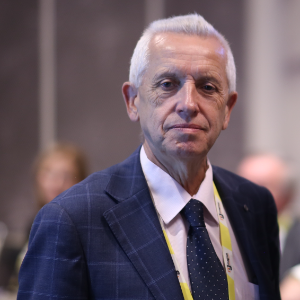
Stanislaw Dzwigaj
Sorbonne University, France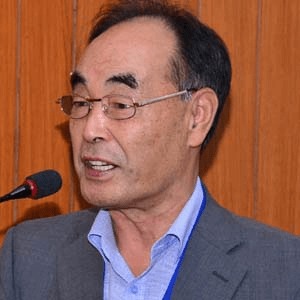
Dai Yeun Jeong
Asia Climate Change Education Center, Korea, Republic of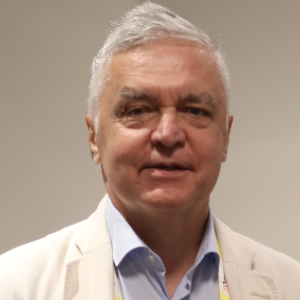
Sergey Suchkov
N.D. Zelinskii Institute for Organic Chemistry of the Russian Academy of Sciences, Russian Federation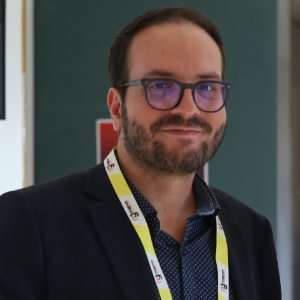
Enrico Paris
CREA-IT & DIAEE, Italy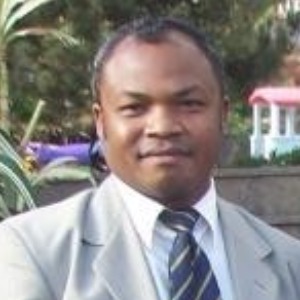
Rabeharitsara Andry Tahina
GPCI-ESPA Antananarivo University, Madagascar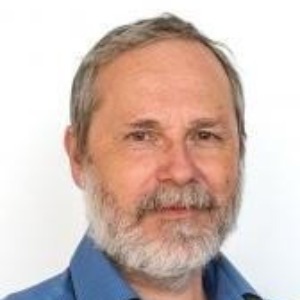
Jiri Dedecek
J Heyrovsky Institute of Physical Chemistry , Czech Republic
Uday Som
Research and Development Engineer, Japan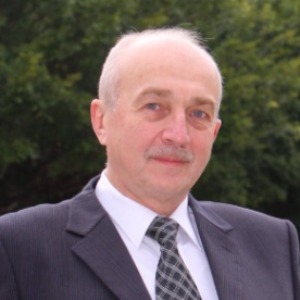
Vladimir G Chigrinov
Hong Kong University of Science and Technology, Russian Federation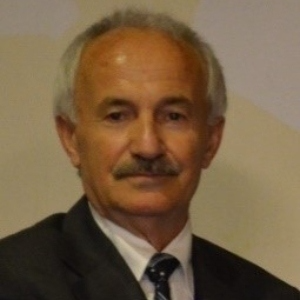



Title : Distant binuclear vanadium V(II) cationic sites in zeolites and their reactivity
Jiri Dedecek, J Heyrovsky Institute of Physical Chemistry , Czech Republic
Title : Advanced nanostructures for carbon neutrality and sustainable H₂ energy
Tokeer Ahmad, Jamia Millia Islamia, India
Title : Personalized and Precision Medicine (PPM) as a unique healthcare model via bi-odesign, bio- and chemical engineering, translational applications, and upgraded business modeling to secure the human healthcare and biosafety
Sergey Suchkov, N.D. Zelinskii Institute for Organic Chemistry of the Russian Academy of Sciences, Russian Federation
Title : Antibody-proteases as a generation of unique biomarkers, biocatalysts, potential targets and translational tools towards nanodesign-driven biochemical engineering and precision medical practice
Sergey Suchkov, N.D. Zelinskii Institute for Organic Chemistry of the Russian Academy of Sciences, Russian Federation
Title : Dimethyl ether synthesis from syngas over Cu-Zn/Al2O3 catalysts prepared using the Sol-Gel method
Uday Som, Research and Development Engineer, Japan
Title : Influence of various catalysts on H₂ enhancement and CO2 capture during syngas upgrading
Enrico Paris, CREA-IT & DIAEE, Italy
Title : Photoaligned azodye nanolayers : New nanotechnology for liquid crystal devices
Vladimir G Chigrinov, Hong Kong University of Science and Technology, Russian Federation
Title : Application of vanadium, tantalum and chromium single-site zeolite catalysts in catalysis
Stanislaw Dzwigaj, Sorbonne University, France
Title : Advances in heterogeneous catalysis for green conversion of propene to aldehydes and alcohols
Ram Sambhar Shukla, CSIR-Central Salt and Marine Chemicals Research Institute (CSMCRI), India
Title : Oxidation of methane to methanol over pairs of transition metal ions stabilized in the zeolite matrices
Jiri Dedecek, J Heyrovsky Institute of Physical Chemistry , Czech Republic